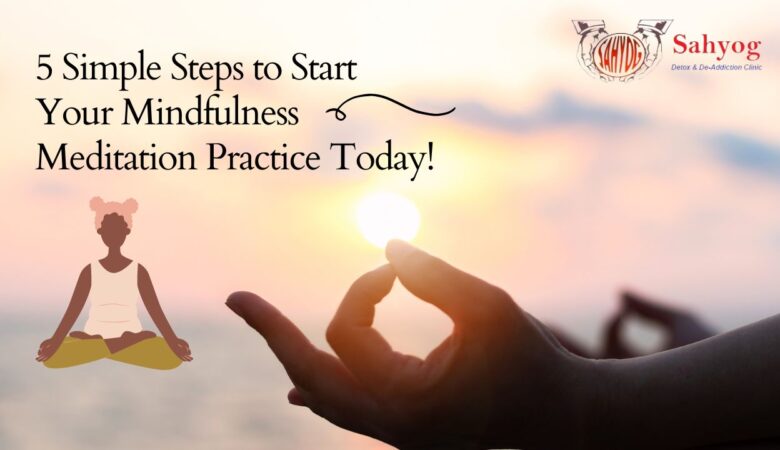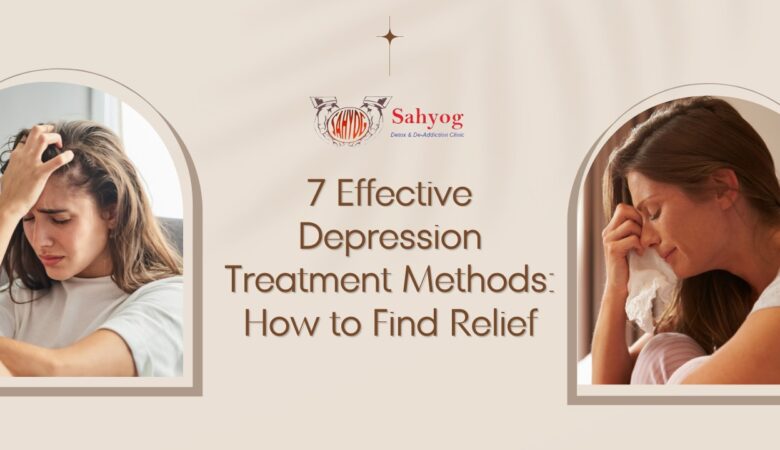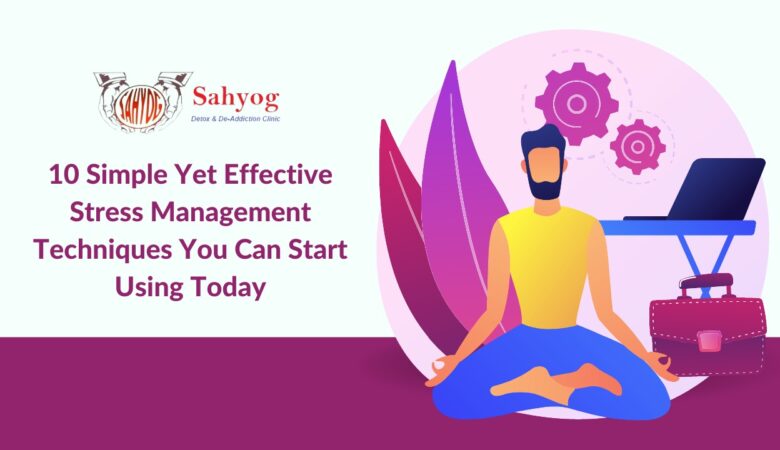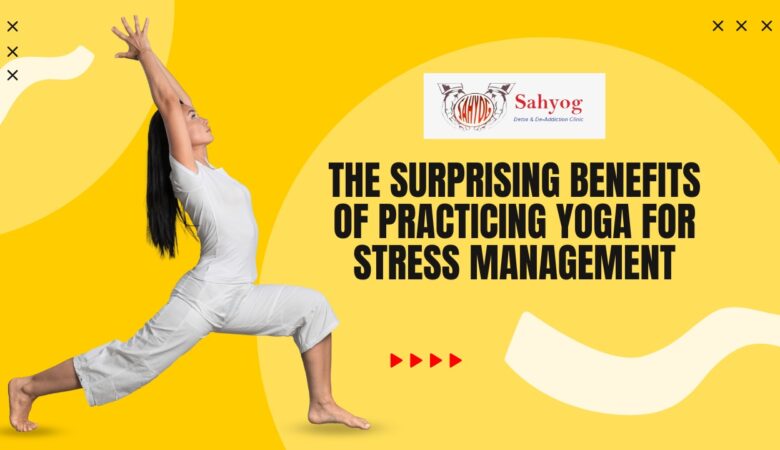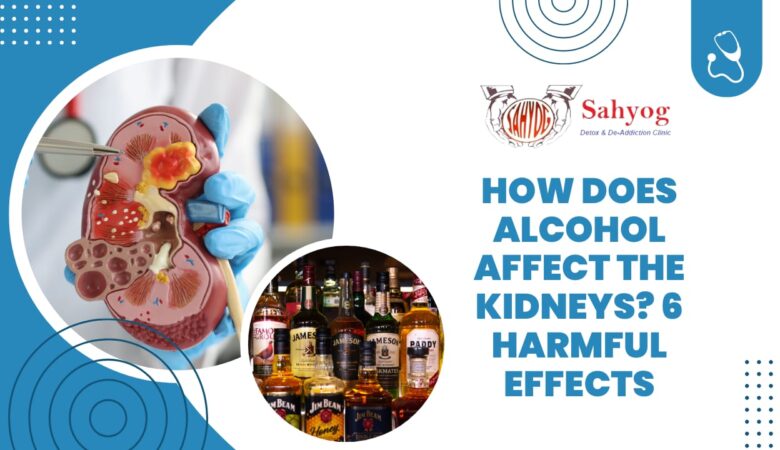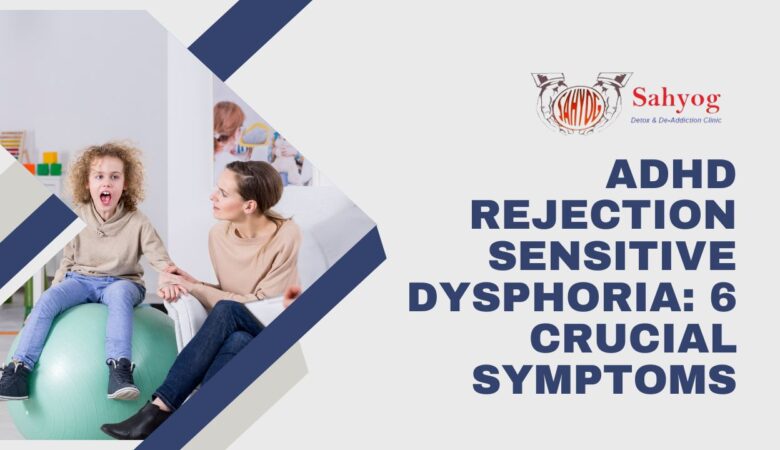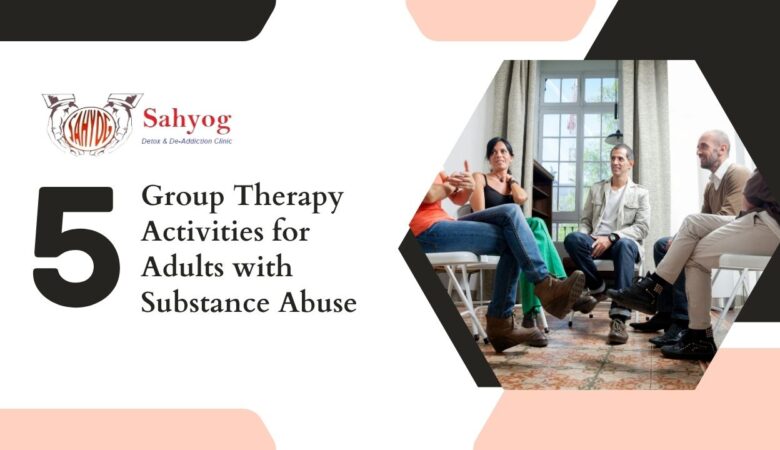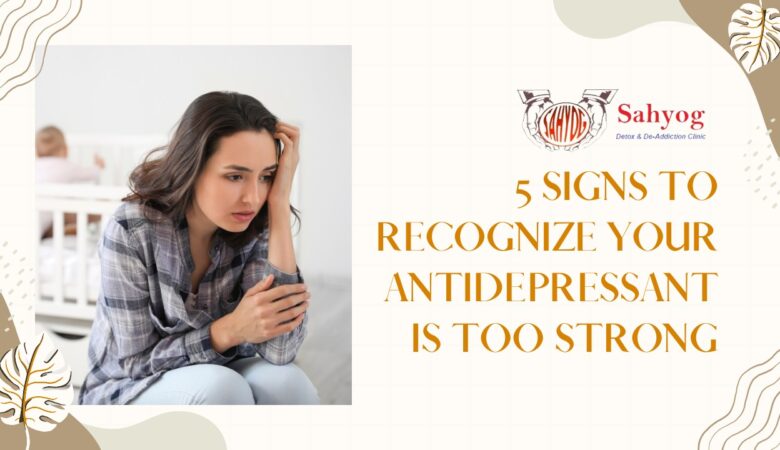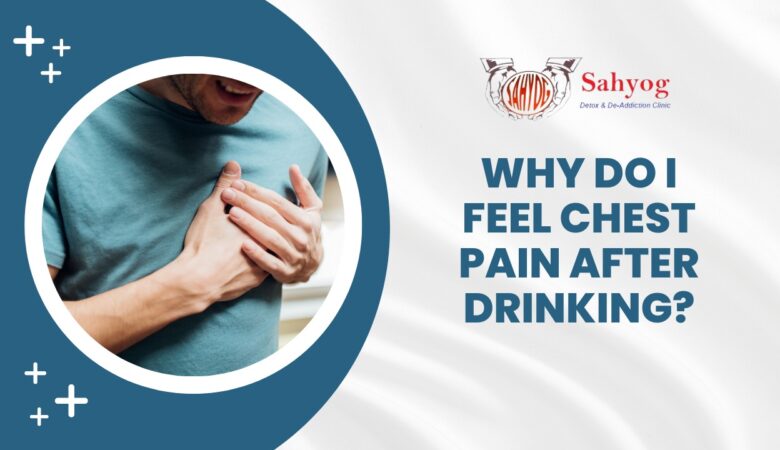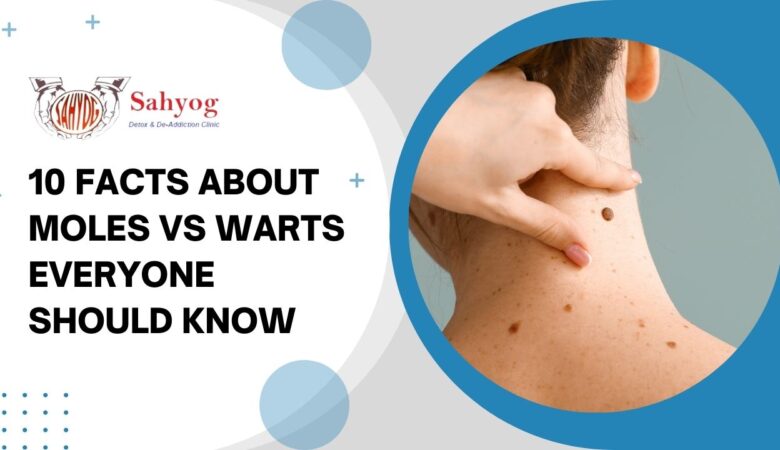5 Simple Steps to Start Your Mindfulness Meditation Practice Today!
Introduction Are you feeling overwhelmed with the stresses of daily life? Do you find yourself constantly distracted and unable to focus on the present moment? If so, then mindfulness meditation may be just what you need to bring peace and clarity into your life. Mindfulness meditation is a simple yet powerful practice that can help reduce stress, improve concentration, and cultivate inner calm. In this blog post, we’ll show you five simple steps to start your mindfulness meditation practice today! So sit back, relax, and let’s get started on this journey towards greater well-being. What is Mindfulness Meditation? Mindfulness meditation is a practice that involves focusing your attention on the present moment, without judgment. It is a way to cultivate awareness of your thoughts, feelings, and bodily sensations in order to develop greater clarity and insight into your mental and emotional processes. At its core, mindfulness meditation is about learning to pay attention to what is happening within you and around you with curiosity and openness. This means being fully engaged in the present moment rather than dwelling on past regrets or worrying about future events. Through regular practice of mindfulness meditation, many people report feeling more relaxed, less reactive to stressors in their lives, and better able to cope with difficult emotions such as anxiety or depression. Research has also shown that it can have physical health benefits such as reducing blood pressure and boosting immune system function. While there are many different techniques for practicing mindfulness meditation – from focusing on the breath or body sensations to visualizations or mantra repetition – the key is simply to find a method that resonates with you personally. The Benefits of Mindfulness Meditation Mindfulness meditation is a powerful tool that can bring numerous benefits to your life. Here are some of the most notable advantages you can gain from practicing mindfulness meditation. Firstly, mindfulness meditation helps reduce stress and anxiety. By focusing on the present moment and letting go of any negative thoughts or worries, you can calm your mind and feel more relaxed. Secondly, regular practice of mindfulness meditation can improve your overall well-being by promoting positive emotions such as joy, gratitude, and compassion. It also enhances self-awareness which in turn leads to better decision-making skills. Thirdly, studies have shown that mindfulness meditation has physical health benefits such as improving immune function and reducing blood pressure levels. Moreover, through consistent practice of mindfulness meditation one learns how to observe their thoughts rather than react impulsively which leads to better impulse control over time. Lastly but not least , with continued practice it cultivates resilience within individuals allowing them to bounce back faster from adversity while enhancing emotional regulation skills leading ultimately towards a fulfilling life. How to Get Started with Mindfulness Meditation Getting started with mindfulness meditation is simple and requires only a few steps. The first thing you need to do is find a quiet place where you can sit comfortably without any distractions or interruptions. Once you have found your spot, sit down and close your eyes. Take a deep breath in through your nose, hold it for a few seconds, and then exhale slowly through your mouth. Repeat this breathing exercise several times until you feel relaxed. Next, focus on the present moment by bringing your attention to your breath. Notice how the air moves in and out of your nostrils or how it fills up and empties from your lungs. It’s common for thoughts to pop up during meditation sessions. When this happens, don’t get frustrated; simply acknowledge them and let them go without judgment or attachment. Start with shorter sessions of 5-10 minutes each day until you are comfortable enough to increase the duration gradually over time. Remember that mindfulness meditation is not about achieving anything specific but rather learning to be present in the current moment without any judgment or expectation. A Simple Mindfulness Meditation Exercise To start your mindfulness meditation practice, you need to learn a simple yet powerful exercise that can help you focus and calm your mind. Here’s how to do it: 1. Find a quiet place where you won’t be disturbed for a few minutes. 2. Sit comfortably with your back straight and feet on the ground. 3. Close your eyes or keep them softly focused on one spot in front of you. 4. Take three deep breaths, inhaling through your nose and exhaling through your mouth. 5. Bring your attention to the present moment by focusing on the sensation of breathing in and out. 6. If thoughts arise, simply acknowledge them without judgment or attachment and return to focusing on the breath. This simple exercise can be done anywhere at any time – whether sitting at work, standing in line at the grocery store or laying down before bed – making it an easy addition to anyone’s daily routine. By practicing this exercise regularly, even for just a few minutes each day, you can train yourself to become more mindful throughout all aspects of life – leading towards greater emotional regulation, stress reduction & overall well-being! Conclusion Starting a mindfulness meditation practice can be simple and rewarding. By incorporating just a few minutes of mindfulness into your daily routine, you can experience the benefits of reduced stress, improved focus and greater overall well-being. Remember to start with small steps such as finding a quiet place to sit comfortably and focusing on your breath for just a few minutes each day. Over time, you can gradually increase the length of your meditation sessions and try different techniques that work best for you. With consistent effort and an open mind, practicing meditation can become a fulfilling part of your daily life. Take these five simple steps today to begin reaping the many benefits of this powerful practice! References: wikihow wikipedia
